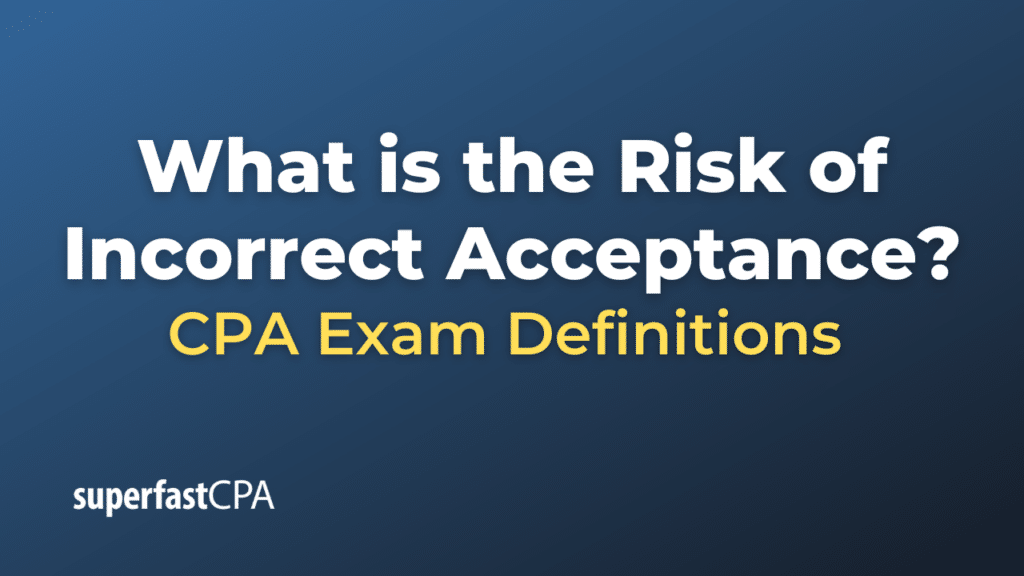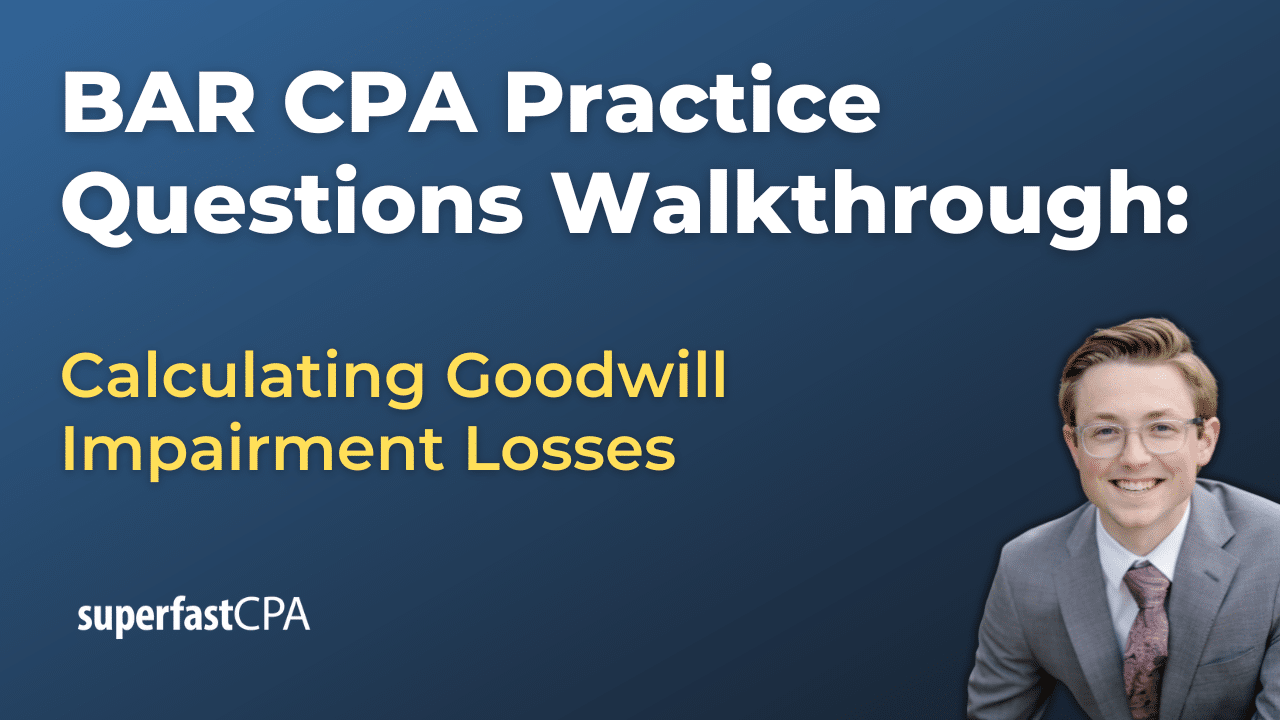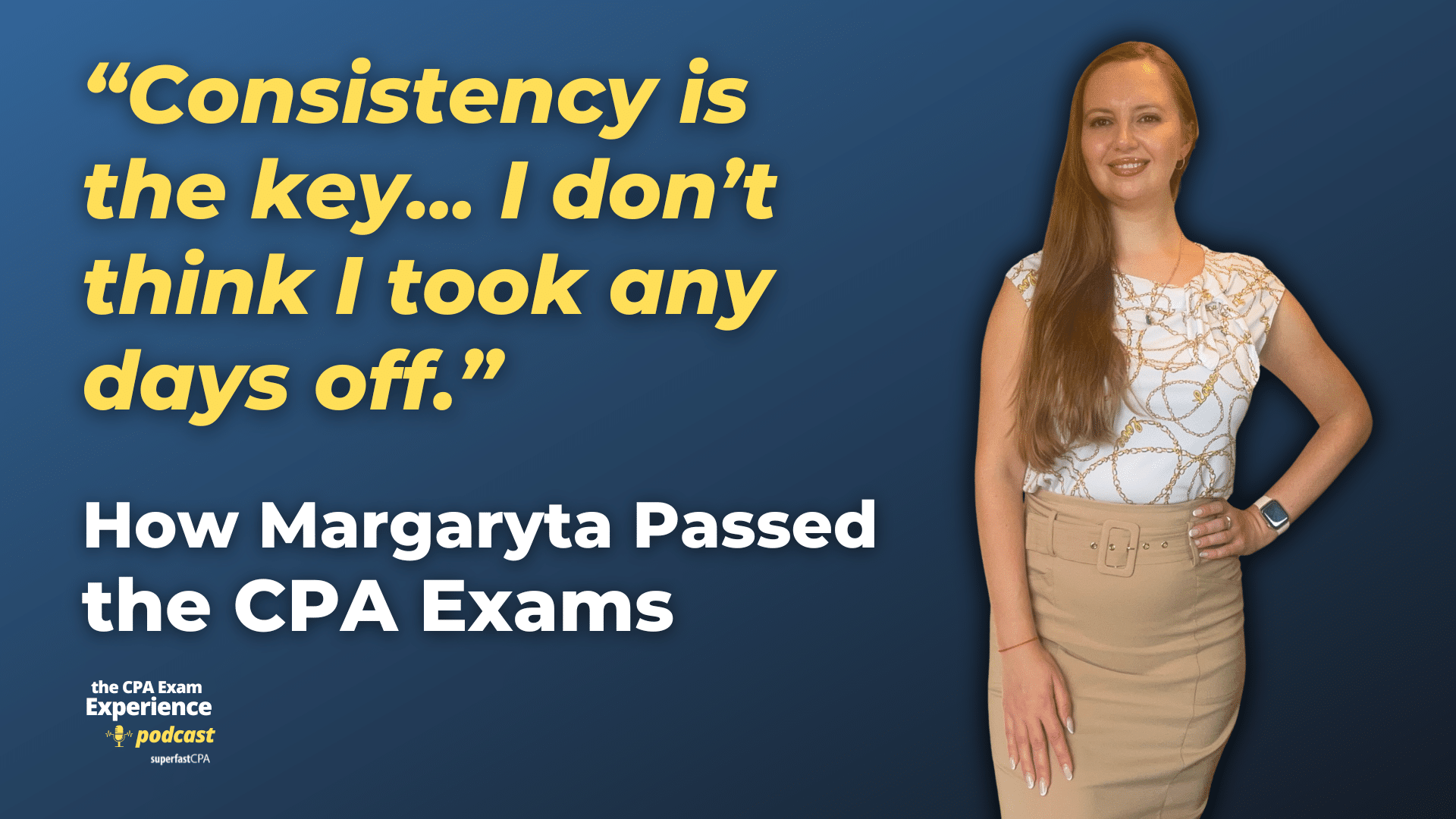Risk of Incorrect Acceptance
The risk of incorrect acceptance, often discussed in the context of audit procedures, refers to the risk that an auditor will conclude that a particular audit objective (such as a balance or transaction class) is free of material misstatement when, in fact, a material misstatement does exist.
In other words, the risk of incorrect acceptance is the risk that the auditor will mistakenly accept the assertion of the auditee (for instance, that financial statements are correct) when there are actually errors that could be materially misleading to the financial statement users.
Consider the following example:
Suppose an auditor is verifying the accounts receivable of a company. The auditor takes a sample of the accounts, confirms them, and finds no errors. Based on this sample, the auditor concludes that the accounts receivable as a whole are fairly presented. However, if the risk of incorrect acceptance is high and the auditor fails to identify significant errors in accounts not sampled, then the auditor might incorrectly accept the assertion that all accounts receivable are valid and fairly stated.
This type of risk is particularly concerning because it could lead to an inappropriate audit opinion. The auditor might issue an unqualified or “clean” opinion on financial statements that contain material misstatements, potentially misleading investors, creditors, and other stakeholders.
To manage the risk of incorrect acceptance, auditors typically:
- Ensure that their sample sizes are sufficiently large.
- Use appropriate sampling methods.
- Seek corroborating evidence for significant or unusual transactions.
- Perform substantive procedures in areas with higher inherent risks.
- Continuously update their risk assessments based on the information gathered during the audit.
It’s worth noting that the risk of incorrect acceptance is the counterpart to the risk of incorrect rejection, where an auditor mistakenly believes there’s a material misstatement when there isn’t one. While the risk of incorrect rejection doesn’t lead to an incorrect audit opinion, it can result in unnecessary additional audit work.
Example of the Risk of Incorrect Acceptance
Let’s delve into a hypothetical scenario that illustrates the risk of incorrect acceptance in an audit context:
Company: XYZ Electronics, a company that manufactures and sells high-end electronics.
Auditor: John Smith, a seasoned auditor from ABC Audit Firm.
Objective : John is tasked with auditing XYZ Electronics’ year-end inventory value to ensure it’s not materially misstated.
Process:
- John decides to use statistical sampling to verify the existence and valuation of items in the inventory. He selects a sample of items from the inventory listing and physically verifies their existence and condition in the warehouse.
- From his sample, John finds that all selected items exist, and their condition matches the valuation in the company’s financial records. Based on his sample, he concludes that the inventory as a whole is fairly presented.
- John, therefore, doesn’t recommend any adjustments to the inventory value in the draft financial statements.
The Reality:
Unknown to John, XYZ Electronics had a batch of electronic items in the warehouse that had become obsolete due to rapid technological advancements. The company had failed to write these items down to their net realizable value. The total value of these obsolete items was material to the financial statements.
Because John’s sample did not include any of these obsolete items, he did not identify the misstatement.
Result:
John’s conclusion that the inventory is fairly presented represents the risk of incorrect acceptance. He has incorrectly accepted the assertion by XYZ Electronics that their inventory is appropriately valued, even though it contains a material misstatement.
If this misstatement goes uncorrected and is included in the final financial statements, it could mislead stakeholders about the company’s financial health and position.
In this example, even though John followed standard audit procedures, the risk of incorrect acceptance led to a potential oversight. This underscores the importance for auditors to be vigilant, especially in areas of high inherent risk, and to consider multiple sources of evidence before drawing conclusions.












